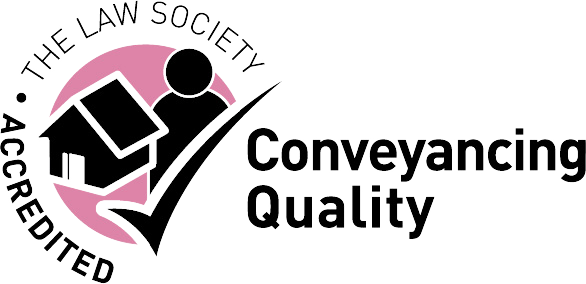Commercial leases form the bedrock of countless businesses across the United Kingdom, providing the essential space for operations, growth, and success. This comprehensive guide will delve into the intricacies of commercial leases in the UK, offering valuable insights into the processes involved.
Understanding Commercial Leases
Definition and Purpose: A commercial lease in the UK is a legally binding agreement between a landlord and a business tenant, granting the tenant the right to use a property for commercial purposes. These leases serve as the cornerstone for businesses seeking physical spaces for various activities, including retail, office work, or industrial operations.
Types of Commercial Leases: Commercial leases come in various forms, each with its own set of implications. Full Repairing and Insuring (FRI), Gross, and Net leases are among the common types, each offering unique advantages and considerations for both landlords and tenants.
The Lease Negotiation Process
Finding the Right Property: Selecting the ideal location is a crucial step in the commercial lease process. Businesses must consider factors such as foot traffic, accessibility, and proximity to suppliers and customers. The negotiation process often involves balancing these considerations with budgetary constraints.
Lease Terms and Conditions: Negotiating favourable lease terms is an essential aspect of the process. This includes determining the lease duration, agreeing on the rent structure, and incorporating break clauses for flexibility. Successful negotiation requires a clear understanding of the business’s current and future needs.
Legal Aspects of Commercial Leases
Legal Framework: The legal framework governing commercial leases in the UK is multifaceted, encompassing various regulations and acts. Understanding the legal landscape is crucial for both landlords and tenants to ensure compliance and protect their respective interests.
Drafting the Lease Agreement: Drafting a comprehensive lease agreement is a meticulous process. Legal counsel is often sought to navigate the complexities and ensure that the document accurately reflects the terms agreed upon by both parties. Clarity is key to preventing potential disputes down the line.
Financial Considerations
Rent Structure: The structure of rent payments can vary, and businesses must understand the implications of different approaches. Additionally, the blog explores common rent review mechanisms and their impact on long-term financial planning.
Additional Costs: Beyond rent, businesses must be aware of additional costs such as service charges, business rates, and insurance. Understanding these financial considerations is crucial for budgeting and avoiding unexpected expenses.
Responsibilities of Landlords and Tenants
Landlord Responsibilities: Landlords bear certain responsibilities, including property maintenance and repairs. Clarity in defining these obligations helps create a harmonious landlord-tenant relationship.
Tenant Responsibilities: Tenants, in turn, have duties such as timely rent payments and property maintenance. Adherence to these responsibilities ensures a smooth tenancy and contributes to a positive business environment.
In Summary
In conclusion, navigating the process of commercial leases in the United Kingdom involves a careful balancing act between legal, financial, and operational considerations. Whether you’re a business seeking the right space or a landlord looking to secure reliable tenants, a thorough understanding of the intricacies involved is paramount. By unraveling the complexities of commercial leases, businesses can embark on these agreements with confidence, setting the stage for prosperous and mutually beneficial relationships.



